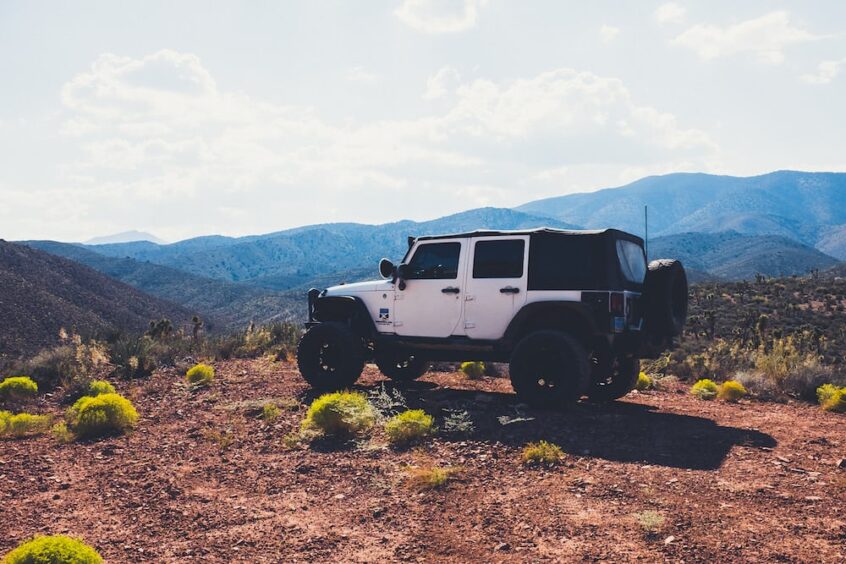The allure of off-roading lies in escaping the cacophony of everyday life, where buzzing smartphones and constant connectivity give way to serene natural landscapes. However, while the tranquility of the wilderness is inviting, it’s still crucial to maintain communication on the trail. Whether it’s for coordination, emergencies, or simply sharing the thrill, staying in touch off the grid is a vital aspect of safe off-road adventures. Let’s delve into the world of off-road communication and discover the tools that keep you connected without compromising the essence of the journey.
Staying Connected Off the Beaten Path:
Off-Road Communication Essentials
Exploring Communication Options:
Off-road enthusiasts know that the journey is as important as the destination. To ensure you’re equipped for any scenario, let’s explore some popular communication choices:
- CB Radios: Commonly used in group trail runs and Jeep gatherings, CB radios provide short-range communication, making them perfect for coordinating with fellow off-roaders. They don’t require an operator’s license, and their affordability makes them an accessible option. However, their limited range may not suit larger groups or more extensive expeditions.
- FRS (Family Radio Service): Similar to walkie-talkies, FRS radios are suitable for smaller groups that stick close together. Unregulated unless used with FRS-GMRS units, they offer a simple and cost-effective way to communicate on the trail. Just remember, a GMRS license is necessary if you opt for higher-powered units.
- Ham Radios (Amateur Radio): Offering high-quality transmissions with minimal interference, ham radios provide greater power and range, reaching up to 50 watts. While they require an FCC license, the investment is worth the enhanced communication quality. Ham radios relay transmissions through repeater systems, theoretically spanning the globe.
- Satellite Phones: The pinnacle of off-road communication, satellite phones offer comprehensive coverage by relaying signals to orbiting satellites. This connectivity comes at a cost, with rates ranging from $0.50 to several dollars per minute. While an expensive choice, it’s a lifesaving investment for solo adventurers.
- SPOT Personal Tracker: For solo travelers on a budget, the SPOT Personal Tracker offers a practical solution. This compact device transmits GPS coordinates via email or text and can alert emergency services to your location if needed.
Matching Antennas and Mounting:
Selecting the right antenna is crucial, as size doesn’t always equate to better performance. Match your antenna to your chosen radio for optimal results. When it comes to mounting, consider whether you’ll be installing a radio unit on your rig or using a handheld device. Remember that handheld radios have shorter transmission distances due to limited power sources.
Preserving the Off-Road Experience:
While staying connected is vital, it’s equally important to respect the solitude of off-road journeys. Turn off your communication devices during moments of deep immersion, allowing the untamed beauty of nature to take center stage. Strike a balance between staying in touch and embracing the wilderness.
As you hit the trails, remember that off-road communication doesn’t just enhance safety – it enriches the adventure. Whether you’re traversing challenging terrain or sharing laughter with fellow adventurers, the right communication tools ensure your journey is as memorable as the destination. Stay connected, stay safe, and revel in the wonders of off-road exploration.
As an E3 Offroad & Overland member, you get access to TONS of informative offroad and overland articles and content. Sign Up or Log In today and enjoy all of the tools, resources, product discounts, community and entertainment that E3 Offroad / Overland Association offers.

